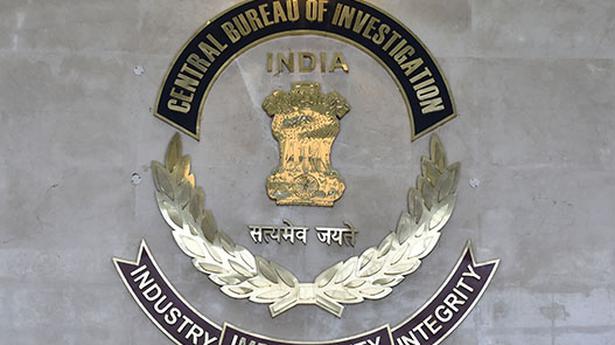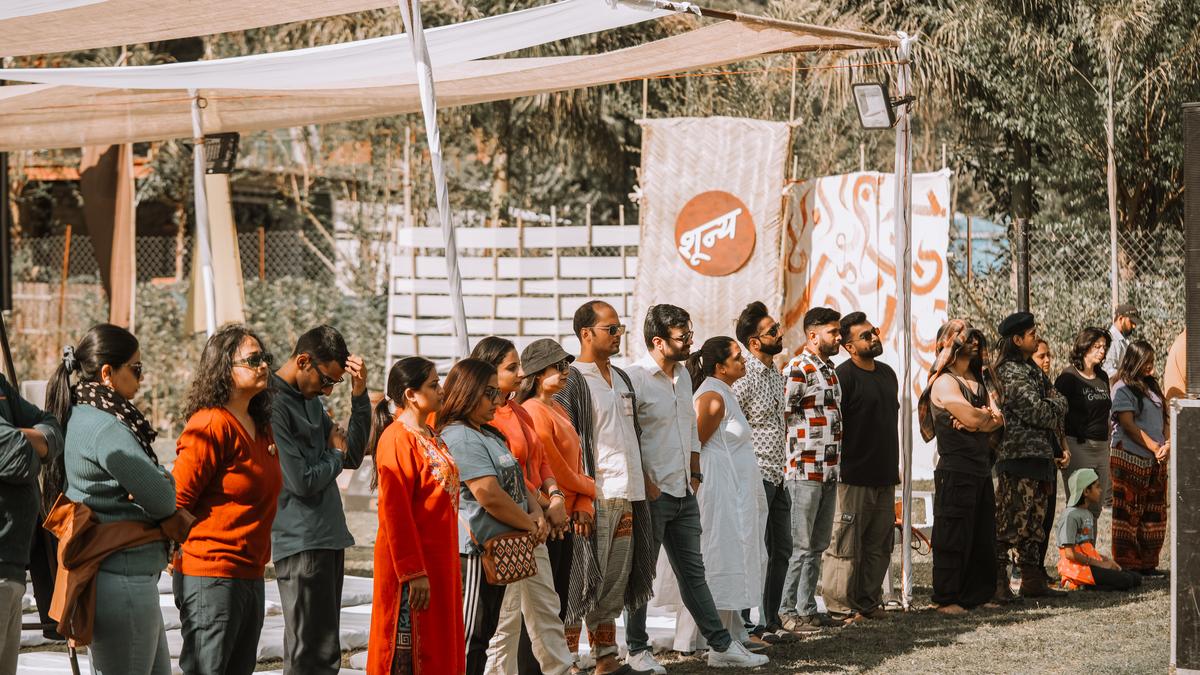The temple ruins identified at Pushpagiri Kshetram in Kadapa district. Photo: Special Arrangement
13 th-century Hindu temple ruins have been recently unearthed amidst a shrub jungle northeast of the Durga temple, atop a hillock in the Pushpagiri Kshetram of Vallur mandal in Kadapa district.
Chain of temples
The hillock, also known as Pushpachala, is famous for the chain of temples dedicated to the pantheon of Hindu gods such as Chennakesava, Umamaheswara, Rudrapada, Vishnupada, Trikooteswara, Vaidyanatha, Subrahmanya, Vighneswara and Durga Devi.
With the river Penna flowing southwest, this hilly region has over a hundred small and big temples in its vicinity. Pushpagiri is referred to as Hari-Hara Kshetra, as there are a number of temples dedicated to both Shiva and Vishnu.
“The Pushpeswara Swamy shrine is revered as a self-manifested idol, which can be found from Mackenzie local record No. 1211,” says historian and writer Tavva Obul Reddy.
Built by the Kayasthas
The architectural features of the ruins reveal a style which is contemporary to a temple at Vallur, built by the Kayastha rulers in the 13 th Century AD. The Kayasthas, including the great Ambadeva, were subordinates to the rulers of the Kakatiya dynasty. They ruled the region with Vallur as the capital.
A stone panel found at the temple in ruins at Pushpagiri Kshetram in Kadapa district, which depicts the arrival of the king and his two queens.
| Photo Credit:
SPECIAL ARRANGEMENT
The structure in ruins came to light when a team guided by Sri Vidyasankara Bharathi, the pontiff of Pushpagiri Peetham, visited the area ahead of launching a ‘Giri Pradakshina’, a sacred trek perambulating the hill, as a form of fulfilment of a vow.
Noted historian and archaeologist Emani Sivanagi Reddy points to an inscription at the temple and says, “The images on the stone panel depicting the king and his two queens could also be identified with Kayastha Ambadeva”.
The temple was damaged over time by treasure hunters, as indicated by the pulling out of the consecrated idols. Heritage enthusiasts want the shrub jungle cleared and the dilapidated structure revived, Mr. Reddy says.






